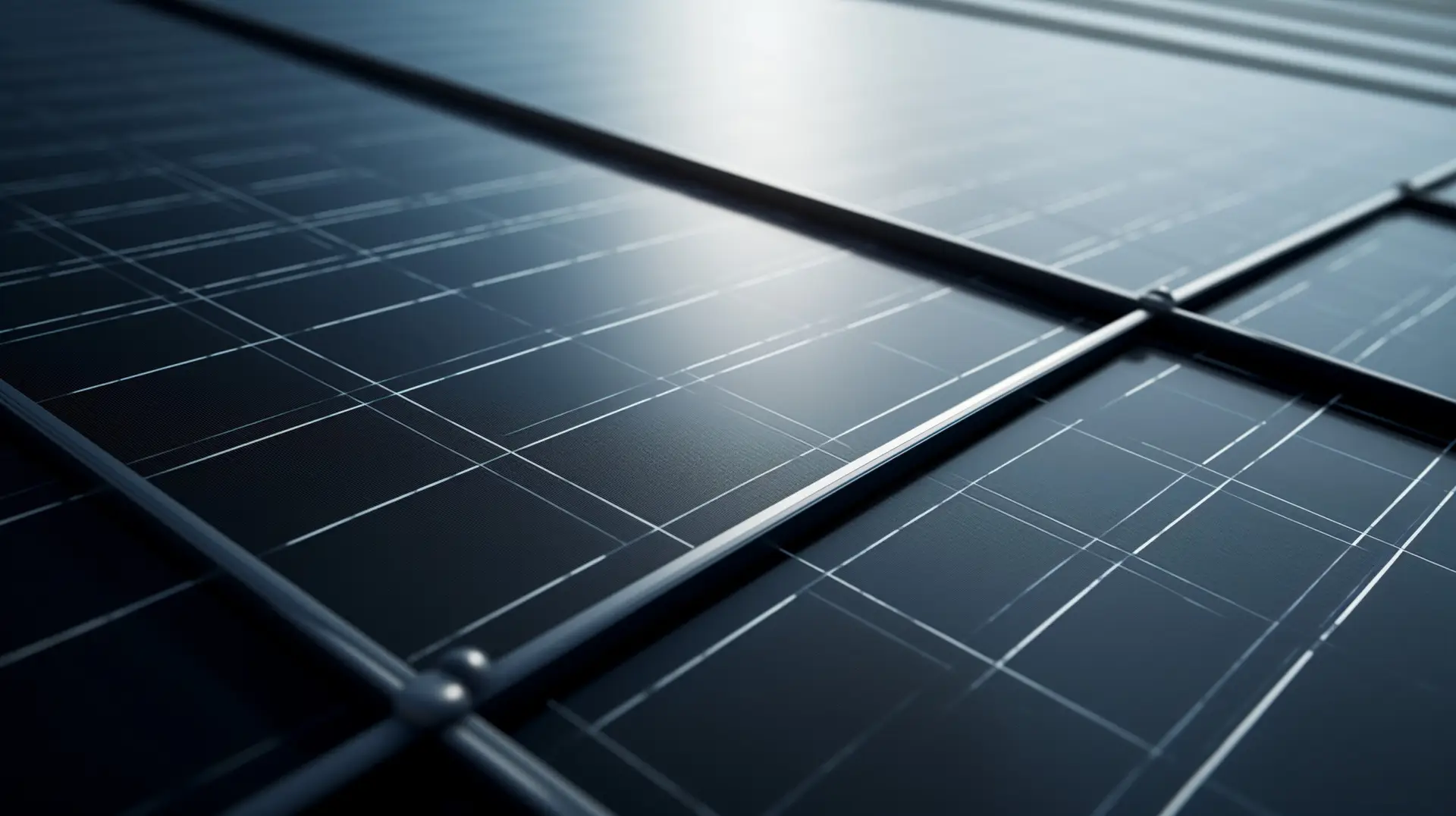Unveiling the Power Play: AC vs. DC in Solar Photovoltaic Energy
Introduction
In the dynamic realm of energy, two currents stand as titans—AC (Alternating Current) and DC (Direct Current). These currents, often unseen but powerfully influential, shape the way we harness and distribute electrical energy. When it comes to solar photovoltaic (PV) energy, this interplay between AC and DC takes center stage, influencing how solar power is generated, transformed, and integrated into our lives.
The Fundamental Difference
At their core, AC and DC power are distinguished by the direction of electric charge flow. AC undergoes a rhythmic oscillation, alternating the flow of electrons back and forth, while DC maintains a steady, unidirectional path. This difference may seem subtle, but it carries profound implications for solar PV energy systems.
The Solar Spark: DC Generation
Solar panels are the unsung heroes of modern energy production. These panels, equipped with photovoltaic cells, work like magic under the sun’s rays. Sunlight excites electrons within the cells, generating a flow of DC electricity. The inherent DC nature of solar panels aligns with the initial conversion of solar energy.
Shifting Gears: DC-to-AC Inverters
Yet, our electrical infrastructure predominantly operates on AC power. This transition from DC to AC power occurs thanks to the ingenuity of DC-to-AC inverters. These devices convert the DC electricity from solar panels into the AC format required for homes, businesses, and the grid. Inverters act as translators, adapting the language of energy to suit the needs of our interconnected world.
Dancing with the Grid: AC Distribution and Utilization
The ubiquity of AC power becomes evident as solar energy enters the distribution network. AC power’s ability to traverse long distances efficiently, coupled with its adaptability through transformers, makes it the preferred choice for grid distribution. Solar energy generated locally can be seamlessly integrated into the existing AC grid, powering homes and industries.
Grid Integration and Net Metering
Grid-tied solar systems embody the synergy of AC and DC power. Excess solar energy generated during the day can be fed back into the grid, contributing to the broader energy supply. This reciprocity is made possible through net metering mechanisms, where solar system owners receive credit for the energy they contribute to the grid. In this dance of AC and DC, the grid becomes a stage for energy exchange.
Beyond the Horizon: Advancements in HVDC
As solar energy gains momentum, so do advancements in transmission technology. High-voltage DC (HVDC) transmission emerges as a compelling solution for transmitting solar energy over extended distances with reduced losses. HVDC technology, which converts AC to DC for efficient long-distance transmission, opens pathways for solar energy to reach far-flung regions and densely populated areas alike.
Conclusion
The symphony of AC and DC power orchestrates the intricate ballet of solar photovoltaic energy. From the initial generation of DC power by solar panels to the translation into AC power through inverters, and finally, the harmonious integration into the AC grid, these currents shape our sustainable energy future. As we continue to explore the potential of solar energy, the collaboration between AC and DC power will guide us towards a more electrifying tomorrow.



